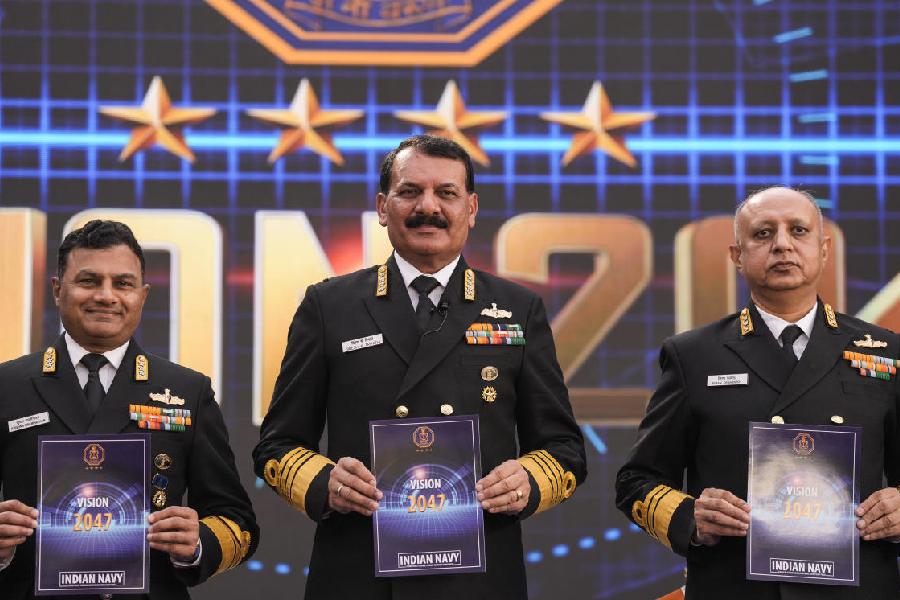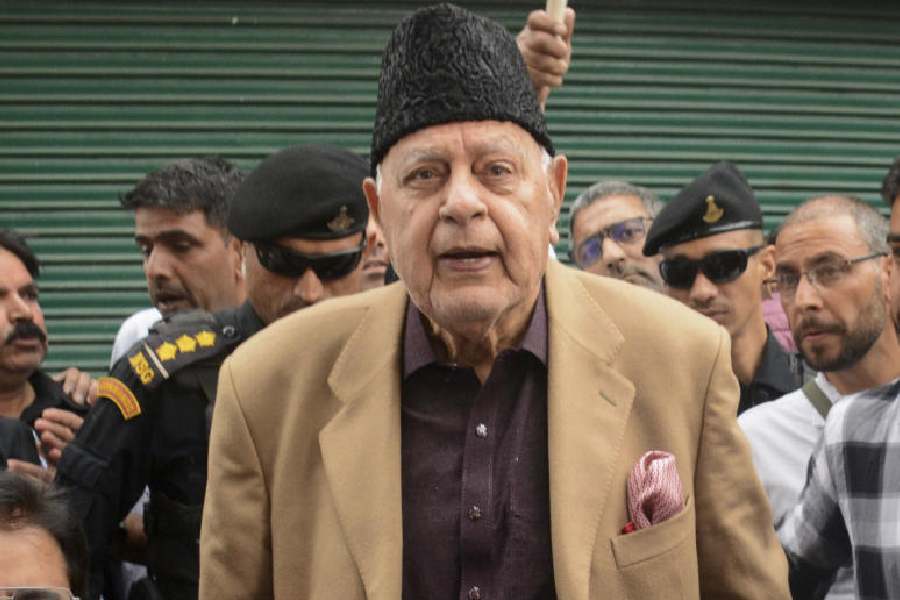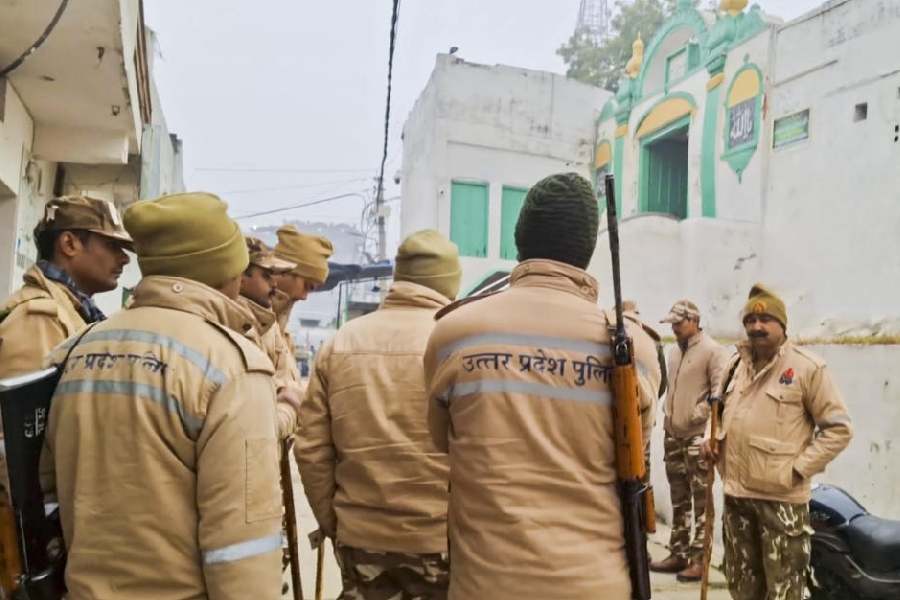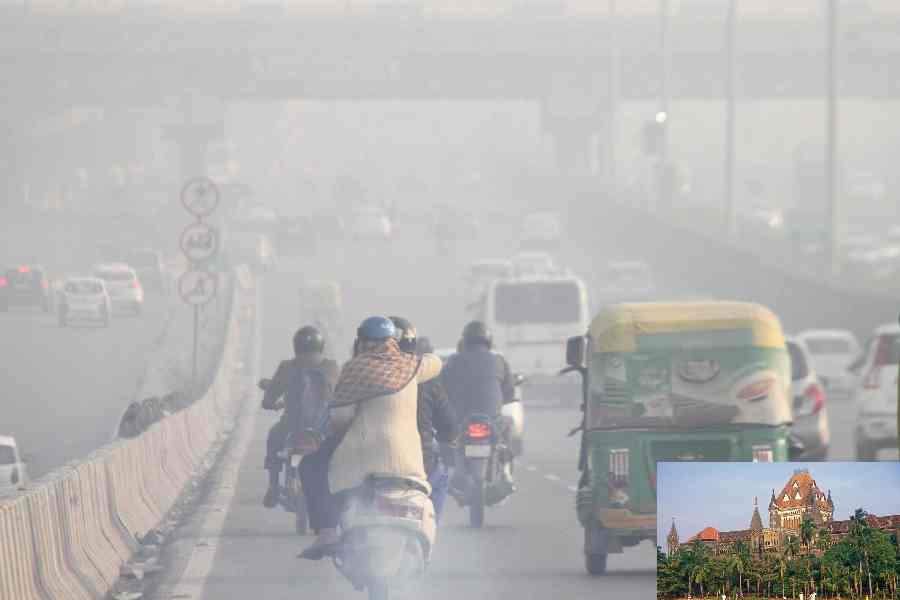India is likely to finalise the deal for the proposed procurement of 26 naval variants of Rafale jets and Scorpene submarines from France next month, navy Chief Admiral Dinesh K. Tripathi said on Monday.
“The procurement of Rafale Marine fighter aircraft is at an advanced stage of negotiations. Since it is a government-to-government deal, it should not take much time,” he said at the media briefing ahead of Navy Day.
Last year, the defence ministry had approved the purchase of the Rafale-M jets from France, primarily for deployment on board the indigenously built aircraft carrier INS Vikrant.
Admiral Tripathi said 62 ships and a submarine were under construction within the country as part of efforts to boost its naval power. A large number of platforms are waiting for induction in the next one year and at least one ship will be inducted into the
navy, he said.
“Sixty-two warships and one submarine are under construction in the country, and there is acceptance of the necessity of 31 more powerful warships and submarines, including six submarines of Project-75 India. This includes 60 Utility Helicopters Marine for the navy. We have redoubled efforts to include niche technologies into the force,” he said.
Pointing to the government’s approval for two SSNs (nuclear-powered submarines), the navy chief said the move indicated its faith in the country’s indigenous capabilities to build such vessels.
Admiral Tripathi also confirmed that India has recently tested a 3,500-km-range nuclear-capable missile from a ballistic missile submarine. He said more data was awaited on the trajectory of the missile.
The K-4 missile was reportedly tested from the submarine INS Arighaat off the coast of Visakhapatnam on November 27. With the K-4 missile test, India has also become part of a small group of countries that can fire a nuclear missile from land, air
and undersea.
“India carried out a test of the missile and the launch was successful. The agencies concerned are examining the trajectory that the missile took and soon we
will know the results,” the navy chief said.
Caution on neighbours
Admiral Tripathi said India remained on high alert over the growing military capabilities of Pakistan, including its naval ambitions, which have been significantly strengthened by Chinese assistance.
“We are aware of the growth of the Pakistan Navy which aims to become a 50-ship navy. They have chosen weapons over the welfare of the people,” he said.
“Many Pakistan Navy warships and submarines are being built with Chinese support, showing that China is interested in making Pakistan’s Navy stronger.
“Their eight new submarines will have significant combat potential for the Pakistan Navy but we are fully aware of their capabilities. That is why we are tweaking our concepts to be able to tackle all threats from our neighbours,” Admiral
Tripathi said.
He said the Indian Navy was keeping a “close watch” on the activities of extra-regional forces operating in the Indian Ocean region, including the Chinese navy. He said the Indian authorities continued to monitor “extra-regional forces operating in the Indian Ocean, including the People’s Liberation Army Navy, the warships and even their research vessels”.
“Whether it is their warships or their research vessels, we know who is doing what, where and how,” he said.
Sources in the navy said China had increased naval deployments in the Indian Ocean Region (IOR) and become very assertive in these strategic waters amid the ongoing border standoff along the Line of Actual Control in eastern Ladakh.
In the wake of China’s growing influence in the Indian Ocean, the Indian Navy has also bolstered surveillance and operational capabilities from its Andaman and Nicobar islands, close to the Strait of Malacca, to defend India’s maritime interests,” said an Indian navy official.











